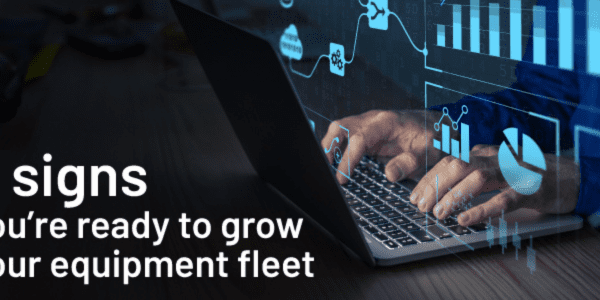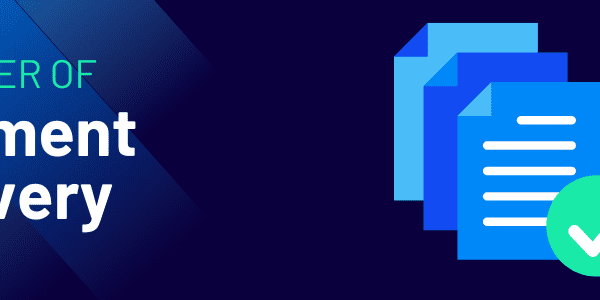
When it comes to understanding your fixed assets, many companies simply track cost and depreciation in a simple fixed asset management package. The problem with this approach is that fixed assets are not simply numbers on your balance sheet–they are physical objects. They exist in time and space, they have a location (are they in your offices, at home with an employee, out in the field with a customer, in a service truck with a technician) and a physical status (are they usable, in service, unrepairable and sitting on a shelf to be stripped down for parts) and very often they have a real business cost which isn’t tracked at a project level.
Do More Than Just Calculate Depreciation of Fixed Assets
The problem with fixed asset packages is that they are focused around the financial cost, and most often that cost is tracked at the corporate level, within the balance sheet. An enterprising asset accountant might well build a complex spreadsheet model which tries to create charge backs to different areas of the business to recharge the costs to different divisions or regions, but those charges tend to be based on rafts of assumptions that are difficult to explain and justify to those receiving the charges.
Track Your Fixed Assets Against Projects, People, Divisions and More
An enterprise asset management solution approaches your fixed assets from an entirely different perspective. It should absolutely track all the financial information you’d expect from capital cost and depreciation (bank, tax, book and any other option you’d like), refurbishment costs, maintenance and all the other pieces you need, but track it at the asset level against the pieces of your business that matter to you.
A true enterprise assset management solution should allow you to track which person had which asset or which facility or project had the asset, and generate the charge back automatically for you. Rather than analyzing everything after the event, you can tell your projects and divisions up front exactly what their charges will be at the end of the week, the month or whatever period of time you want to track over.
If there is a safety consideration to be taken into account, then an enterprise asset management solution can assist there as well. You can hold qualification requirements against different types of fixed assets and against people and make sure that only qualified people get to use specific types of fixed asset. You can mitigate against the risk of accidents and injury by validating who can use what, and even which projects and job sites your fixed assets are allowed to be used on.
When it comes to fixed assets that are used out in the field, whether that’s your technicians trucks and their repair equipment or the PPE equipment you’ve issued to your employees or even company vehicles driven by your sales teams or equipment demonstrated in your stores, knowing who has what is essential. By knowing you can reduce losses, reduce the amount of under-utilized or never-utilized equipment that you are paying for but achieving nothing from and hold your teams accountable for the charges they incur.
If you’d like to see how an Enterprise Asset Management Solution could help your business then contact us and we’d be delighted to set up a webex to show you the power of a full EAM solution.





